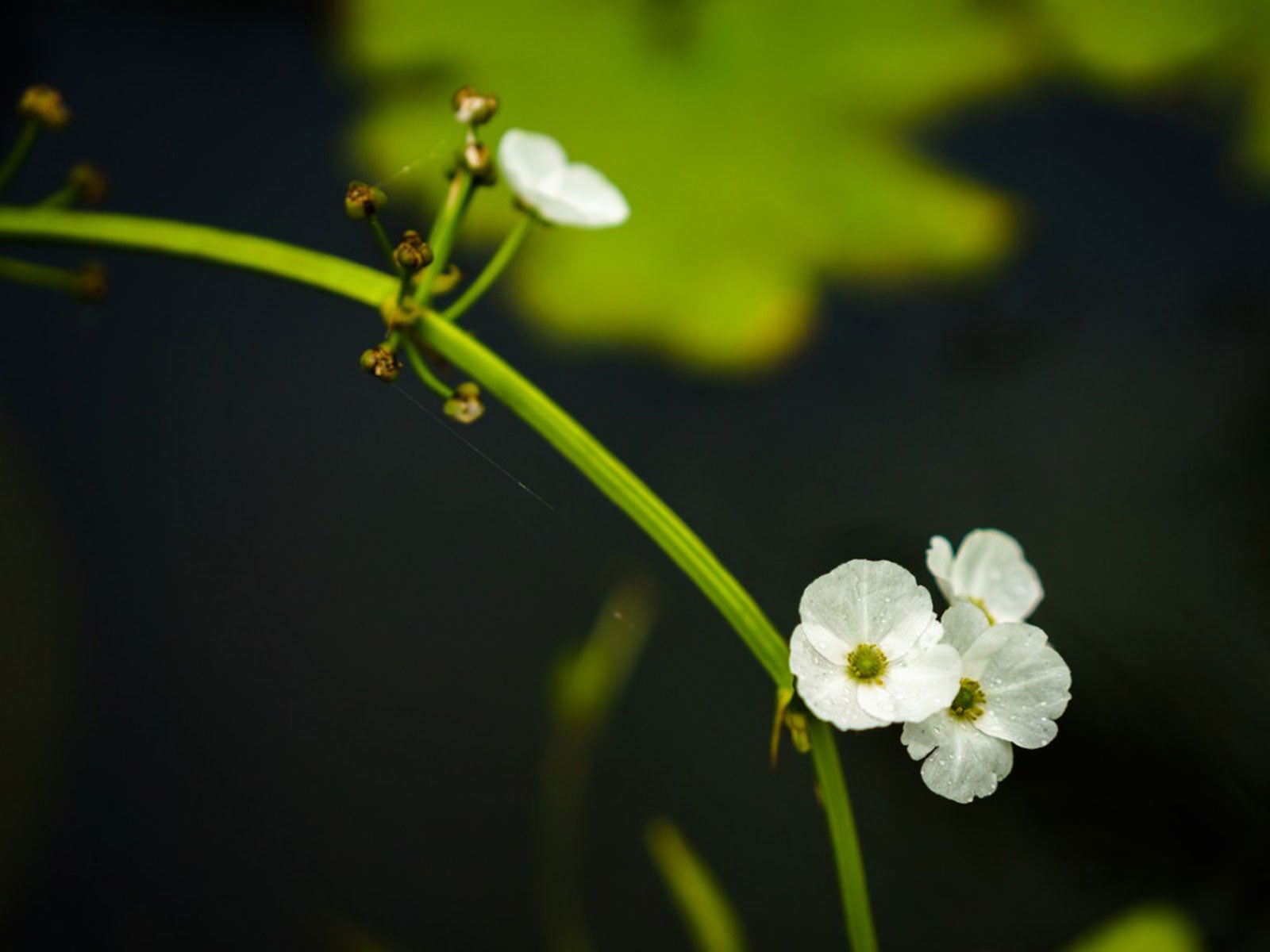Skeleton Flower Info: How To Grow Skeleton Flowers


Gardeners that are looking for a unique plant for shady to partially sunny locations will be excited about Diphylleia grayi. Also known as umbrella plant, the skeleton flower is a marvel in foliar and flower form. What is a skeleton flower? This amazing plant has the ability to turn its flowers translucent. Temperate zone gardeners, get ready for a really stupendous shade plant with strange and beautiful blooms as we learn how to grow skeleton flowers together.
Skeleton Flower Info
The flora of Asia provides a distinctive flavor to the home landscape. Planting skeleton flowers brings in the ambiance of Japan, China, Honshu, Hokkaido and the Yunnan province. These regions provide the mountainous wood habitat necessary for skeleton flower growing conditions. These plants have a secret. When mountain rains arrive, the lovely blooms turn clear, glowing with pearly iridescence. Diphylleia grayi is a deciduous perennial which dies back in winter. Its bloom time is May to July, when tiny white flowers with yellow centers burst onto the scene. Not to be overshadowed, the large deeply lobed foliage spreads over the stems with umbrella-like character. The magic of the translucent blooms is a fascinating bit of skeleton flower info. Water seems to melt the color out of the petals, turning them into windows of clear tissue. The tissue thin flowers are so delicate that moisture causes the effect.
How to Grow Skeleton Flowers
Skeleton plant grows from thick rhizomes and produces a 16-inch (40.5 cm.) tall plant with a possible 3 foot (92 cm.) spread over time. Skeleton flowers are sensitive to sunlight and should be grown where protection from midday sun is complete. The ideal skeleton flower growing conditions are in partial to complete shade, humus rich soil and well drained, but moist, soil. The plant is an understory specimen that is nourished by the constant supply of organic material from upper story plants and consistent moisture.
Caring for Skeleton Flower Plants
You can plant skeleton flowers in containers or in ground. Prepare the soil to ensure good drainage and add plenty of compost. Container bound plants benefit from the addition of peat moss. Diphylleia will die back in winter. If you live in zones 4 to 9, it should survive freezing temperatures with a light layer of mulch. Plants grown in USDA zones below 4 should container garden the plants and bring them indoors at the end of summer to overwinter. Wintering pots need less water during their dormant period. Increase watering as spring approaches and acclimate the plant over several days before installing outdoors full time. In most cases, caring for skeleton flower plants is low maintenance. They will benefit from a diluted plant food in early spring and dead foliage should be cut off to allow new leaves to unfurl unimpeded.
Sign up for the Gardening Know How newsletter today and receive a free copy of our e-book "How to Grow Delicious Tomatoes".

Bonnie Grant is a professional landscaper with a Certification in Urban Gardening. She has been gardening and writing for 15 years. A former professional chef, she has a passion for edible landscaping.